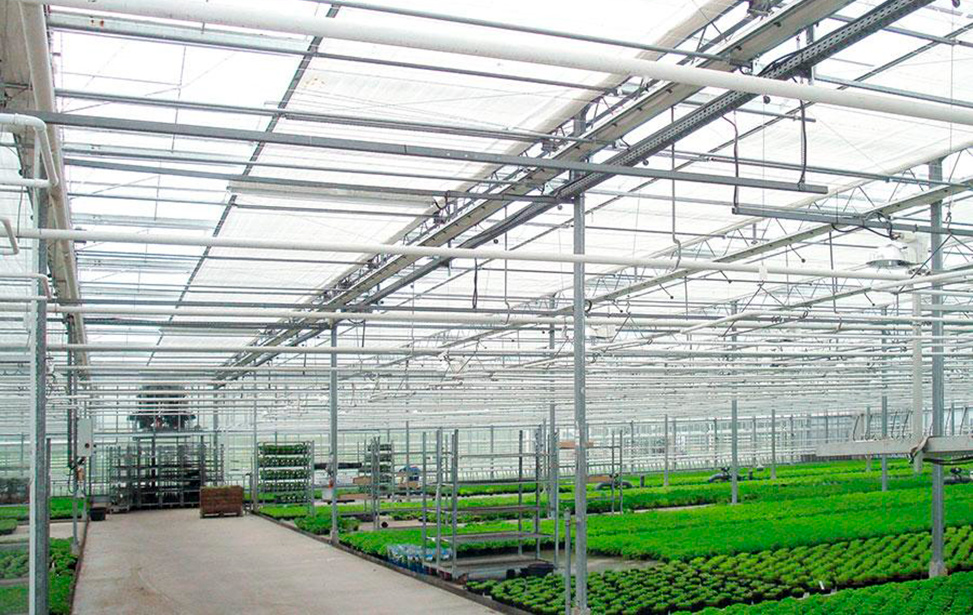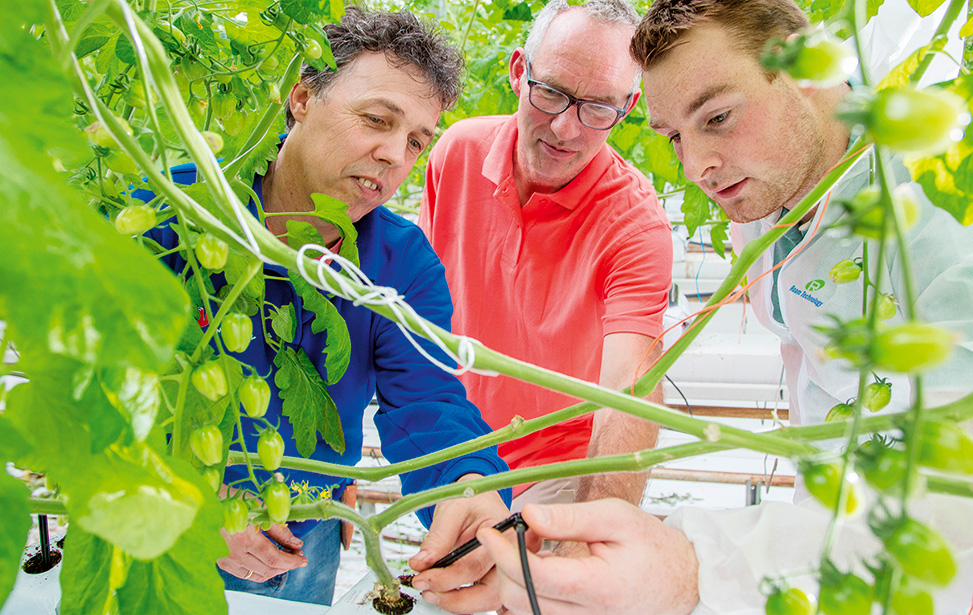In Russia, the consumption of vegetables has seen a significant rise over the past two decades, with a particular increase in greenhouse-grown produce. In 2023, the yield of protected ground vegetables surpassed 1.7 million tons, reflecting a sustained upward trend influenced by several key factors.
Factors Driving Growth
Government support for greenhouse production has been a major contributor to this growth. High profitability and an increasing demand for fresh, natural vegetables have also played crucial roles. The Ministry of Agriculture of the Russian Federation reported that greenhouse vegetable production continues to grow steadily, bringing joy to consumers who prefer natural and eco-friendly products, as well as to the producers themselves. Since the beginning of 2024, greenhouse vegetable production in the country has increased by 4%. In January alone, greenhouse farmers harvested about 93.3 thousand tons of vegetables, 10 thousand tons more than the same period last year.
As of April 10, 2024, 405.6 thousand tons of greenhouse vegetables have been harvested, 4% more than the same period last year. This includes 157.9 thousand tons of tomatoes (up 3%) and 247.7 thousand tons of cucumbers (up 4%). Additionally, greenhouses are producing eggplants, bell peppers, greens, and lettuce, all of which are seeing increased production volumes.
Economic Impact and Challenges
Despite the industry’s growth, several challenges remain. Rising energy costs, which directly impact the cost of greenhouse production, are a significant concern. In central and northern regions of Russia, energy costs account for nearly 60% of production costs, with around 30% of greenhouses operating year-round using supplementary lighting, leading to substantial price fluctuations. Government support has helped mitigate sharp price increases despite seasonality, inflation, and rising energy costs. Programs supporting the greenhouse industry, including innovative projects, have been essential. The federal project “Development of Vegetable and Potato Sectors” allocates 24% of its budget to support greenhouse vegetable farming.
Producers are continually seeking ways to reduce production costs while facing logistical challenges and issues related to export supply chains. The profitability of greenhouse vegetable production reached nearly 23% in 2023, the highest in the past six years, with further increases in gross harvests expected, particularly in the Lipetsk region, which leads in cucumber production.
Regional Contributions and Future Prospects
Regions like the Stavropol and Krasnodar Territories, Lipetsk and Moscow regions, and the Chechen Republic are leading in greenhouse tomato production. For cucumbers, Lipetsk, Moscow, Volgograd, and Novosibirsk regions, as well as Bashkiria, Tatarstan, and Krasnodar Territory, are at the forefront.
Looking ahead, the construction of new modern greenhouse complexes and the modernization of existing ones are critical for further development. Greenhouse vegetable production has grown rapidly, with greenhouse areas increasing from 1.2 thousand hectares to 3.2 thousand hectares over the past seven years. Advanced lighting technologies are used on more than 2 thousand hectares, enabling year-round production.
The Far East regions also show significant potential, with self-sufficiency in greenhouse cucumbers at 62% and tomatoes at just 20%, compared to 96% and 64%, respectively, for the entire country. This gap presents an opportunity for growth, as evidenced by several new projects, including a 500-hectare greenhouse by “ECO-culture” and a new 2.9-hectare complex on Sakhalin Island.
Despite challenges such as rising energy costs and logistical issues, Russia’s greenhouse vegetable industry is one of the fastest-growing agricultural sectors. With ongoing government support, innovative projects, and expanding production capacities, the industry is poised for continued growth, ensuring a steady supply of fresh, natural vegetables for consumers.












